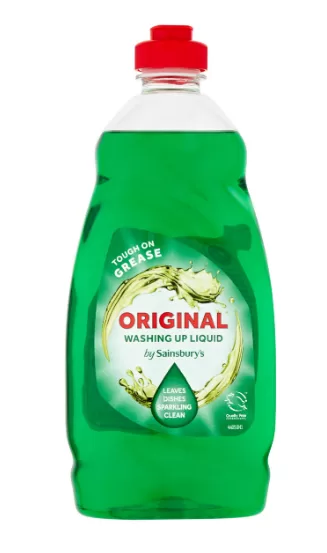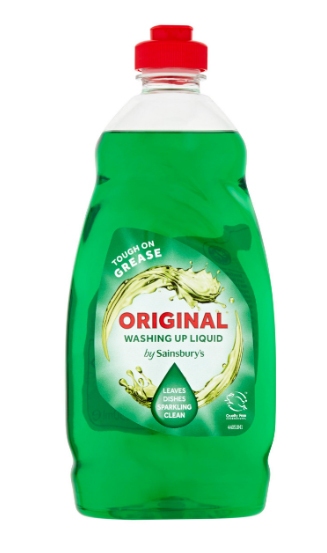YouTube mechanic ‘CarSpyTV’ revealed how washing up liquid can help identify a car puncture.
The motors expert advised owners to find a squirty bottle, fill it with water and add a generous amount of washing-up liquid.
This can then be mixed together before being applied all over the car tyre with every part of the rubber covered.
Speaking on YouTube, ‘CarSpyTV’ said: “As we are being methodical we will now spray all around the outside bead of the tyre where it meets the wheel.
“We will put a fairly generous amount of solution on because it’s not expensive and while we are at it we will cover the sidewall too.”
Sometimes it’s hard to tell air has been leaking from the tyre until it’s too late.
Slow punctures can take hours, days or sometimes weeks to notice depending on the size of the hole.
That’s why it’s important to look out for these signs, according to the RAC.
The best piece of advice the car experts share is regular tyre pressure checks.
This can be done at home or at your nearest petrol station.
Another symptom to watch out for is uneven tyres, this could indicate a puncture.
Motorists should prioritise changing any deflated tyres as driving on them can lead to more damage.
It also puts your safety, and fellow drivers at risk on the road.
The expert added: “We can see that the solution is bubbling here. We can clearly see the bubbles erupting.
“Getting bigger and bigger and that will continue for some time.
“Just for confirmation we can wipe those bubbles away and then we see the head of a nail.
“Right as we are being thorough it would be unwise to assume that the nail is the only issue with that tyre.
“Off camera, I therefore checked the rest of the tread and the inside of the tyre.”

